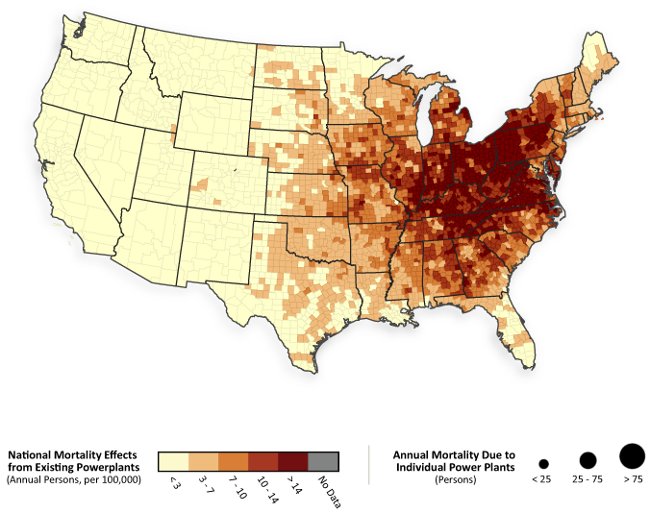Posted on April 4th, 2011 - 10:30 AM
By Administrator Lisa P. Jackson
When we talk about environmentalism, it typically brings to mind sweeping vistas and wide-open landscapes. Some people might think of saving the whales, protecting spotted owls or preserving old-growth forests. Those things are critically important – but they only tell part of the story. When the modern environmental movement got its start in the 1960s, it took hold in our nation’s cities and was led by people concerned about pollution in the air they were breathing, toxins in the water they were drinking and chemicals on the food they were eating.
The effort to safeguard our environment started – and continues to be – an effort to safeguard our health.
April 4-11 is National Public Health Week, and the EPA is sending a clear message: Environmental protection is public health protection. It is family protection and community protection. It is about safeguarding people in the places where they live, work, play, and learn.
Each and every day, the people of this agency step up to protect the air we breathe, the water that flows into our communities and the land where we build our communities. These are things the American people expect and deserve – whether it’s the everyday protection of air and water, or a response to situations like the Japan nuclear incident, where EPA monitoring of radiation levels is keeping all of us aware and ready to respond if needed.
The environmental standards that EPA sets have prevented hundreds of thousands of premature deaths annually and provide the American people with some $22 trillion in health benefits. What those statistics really mean is that the buses taking our kids to school no longer put dangerous lead emissions into the air. When you pour yourself a glass of water, you can be confident it will be free of harmful levels of chemicals. And when you buy an apple at the store, it hasn’t been sprayed with arsenic-based pesticides – like they were decades ago.
This year, Public Health Week comes on the heels of an important advance in EPA’s health protection work. We recently proposed the first-ever national Mercury and Air Toxics Standards for power plants – reasonable standards that will require American power plants to utilize pollution control technologies that cut harmful emissions of mercury, arsenic, chromium, nickel and acid gases. These pollutants have been linked to neurological problems, developmental disorders in our children, respiratory illnesses and other costly health challenges.
The Mercury and Air Toxics Standards proposal initiates an effort that – through the commonsense goal of reducing harmful pollution in the air we breathe – will save thousands of lives and spare hundreds of thousands from illnesses. We estimate that the widespread adoption of pollution control technology would prevent 17,000 premature deaths and 11,000 heart attacks, while also avoiding 120,000 cases of childhood asthma symptoms and ensuring about 11,000 fewer cases of acute bronchitis among children each year. It’s an important reminder of the critical role the EPA plays in safeguarding our health and our children’s health.
Our challenge is to make these health issues a larger part of our environmental conversation. We want to establish the connection that clean air means less asthma, that reducing pollution in our water reduces pollution in our bodies, and that stronger chemical management means safer products for us and our children. That way, environmental protection can serve as “an ounce of prevention” to safeguard the health of millions of Americans.
